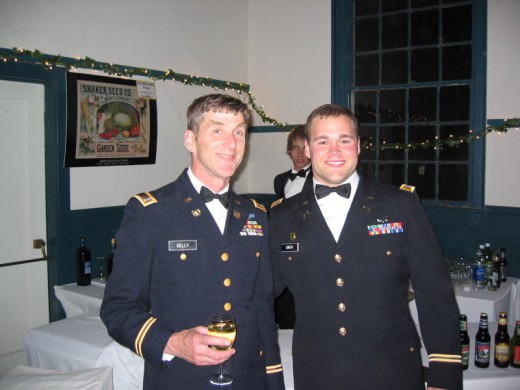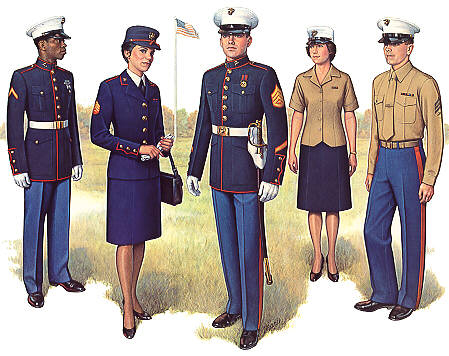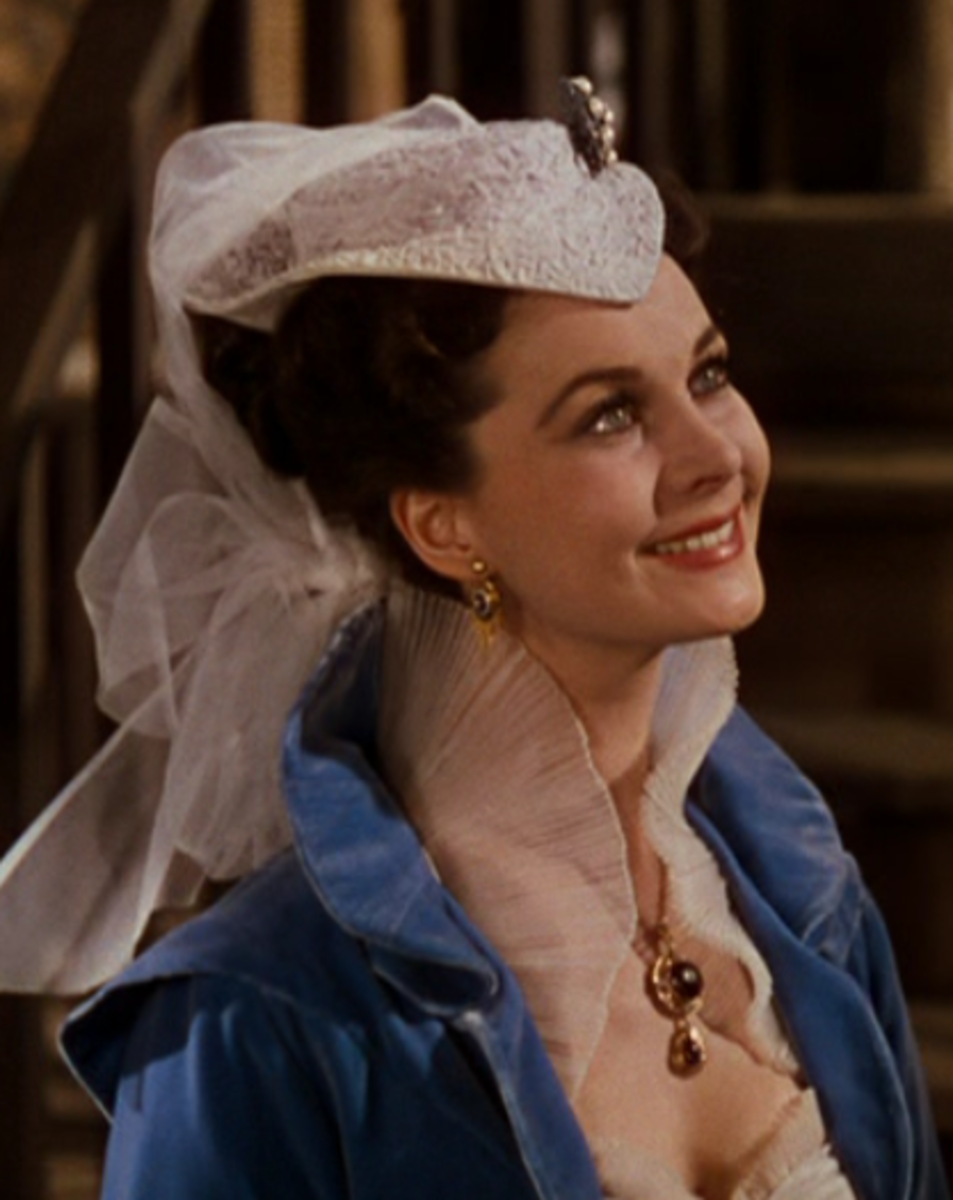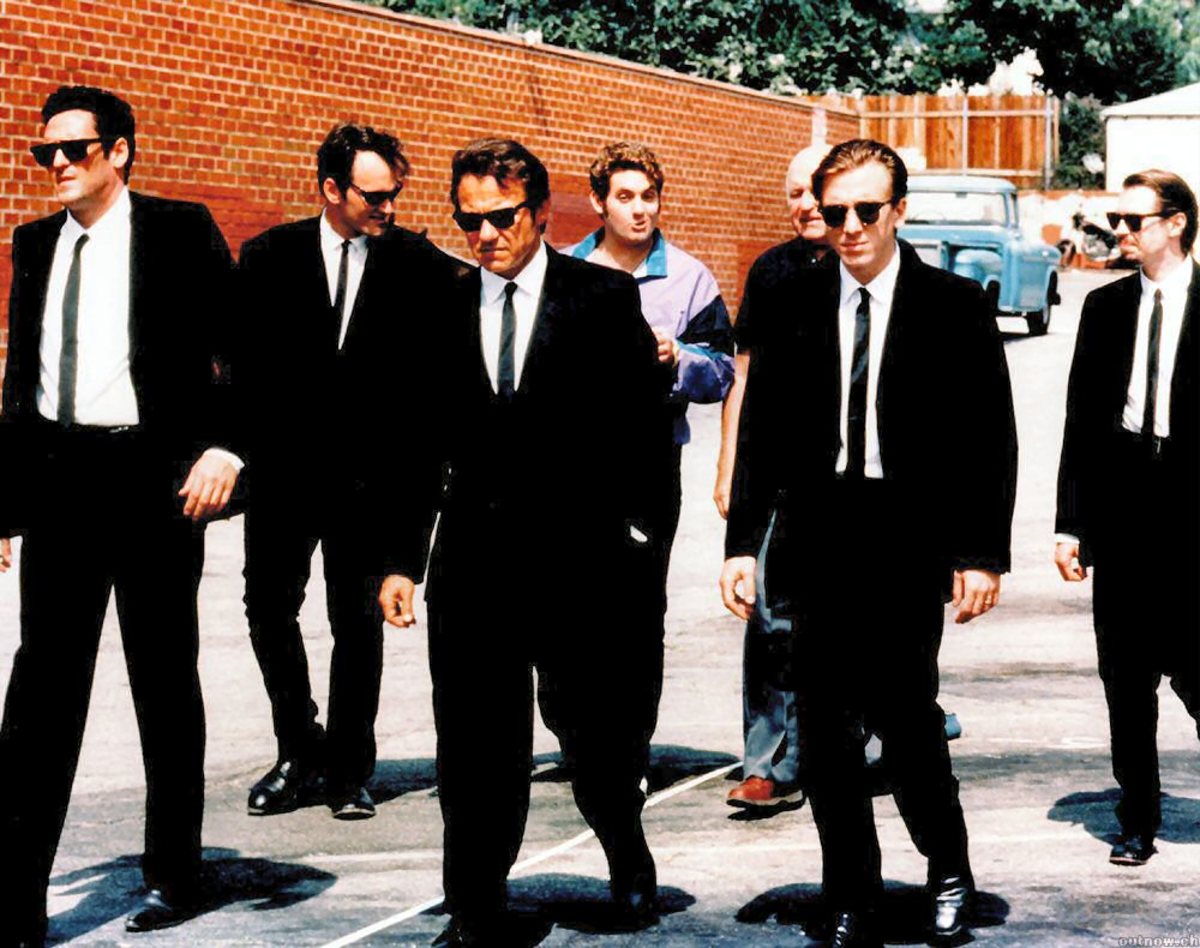- HubPages»
- Fashion and Beauty»
- Clothing»
- Costumes & Uniforms
Social Station Identification
"Uniformity?"




Your Collar is the Same Color as Mine
When I was hired at Taco Bell about a month ago, I was given 2 uniforms, a name tag and a hat. Dressing for work now positively identifies what I do: take orders, clean tables and sweep up the floor at a particular fast-food restaurant. However, “Taco Bell Team Member” is only one facet of who I am. The other “labels” I carry include, but are not limited to: daughter, roommate, girlfriend, student, graduate assistant/assistant teacher, Hubber, college graduate and (perhaps) future FBI agent. There are others, but you get the idea.
In a previous Hub, I raised several questions regarding how one’s style of dress reflects on who one actually is. By “style of dress,” I mean what one chooses to wear on a daily basis. My Taco Bell uniform does not fall into that category. On the days I am scheduled to work, I don’t have a choice—rather like a military uniform or set of gym clothes.
However, on those days, when I board the city bus to get to work, I notice a slight difference in the way some people look at me. There are many fast-food restaurants and “big-box stores” in this town (e.g., Wal-Mart, Target) as well as sit-down restaurants that require uniforms and name tags for their employees. If someone from Wendy’s, McDonald’s or even Chevron happens to be on the same bus when I am in uniform, he or she will usually look directly at me, smile and nod. On the days when I am dressed regularly, the exact same person may not even notice me.
Apparently, part of my question has been answered. In some cases, “clothes do make the (wo)man” or, to be more precise, the “fellow blue-collar worker.” The uniform identifies me as a regular, working-class person just like so many others who ride the bus to their regular, working-class jobs. While familiarity may sometimes breed contempt, similarity obviously fosters a feeling of kinship. The brief smiles speak volumes: “You’re one of us—hi.” In fact, I get the same kind of acknowledgments from older people who are not in any particular uniform when I am wearing mine. I am more likely to get a “hello” from people who appear to be college-aged when I am in “street clothes.” I guess in that case, it’s a matter of who appreciates the fact that a younger person is willing to take a not-so-glamorous job to make ends meet.
As Alice in Wonderland said, “curiouser and curiouser.”
Are the class-based divisions in our society still that marked, even in the twenty-first century? Decades ago, some envisioned a society where such things had ceased to matter or even exist. Liberalism is extremely popular in theory, but in practice, apparently not so much.
Realizations such as these make me wonder if my view of the world is even more unique than I’ve always thought. When I look at a person, what he or she is wearing is not the most salient feature. Yes, I notice a uniform too—for a split second. Other surface features, such as makeup, hairstyle, type of purse—all of these are barely noticeable. I see someone’s facial expression and get an idea of what kind of a day he or she is having. If I talk with someone for a few minutes, I can usually (not always) get an idea of the person’s basic personality and attitude. All of these features combine to create a picture that, to me, is far more accurate than a composite of physical characteristics. (I realize that, for someone who may be going into law enforcement, this way of perceiving people may be a bit problematic.)
I make no claims of being overly “liberal” or “egalitarian,” nor am I saying that I am somehow more “enlightened” than the average person. This is just the way I perceive people. I told someone about this last night and she said “Well, most people see what’s on the surface first.” No judgment of me one way or the other—just another “social fact.”
Looking back, I think I have always been this way. Some might say that it’s a byproduct of the shallowness I saw in my fellow grade-schoolers—since they treated me so poorly, I must have made a conscious choice to be as UNLIKE them as possible. However, I attended kindergarten at a different school (I changed in the middle of first grade when the district division line moved) and most of the kids there treated me just fine. I remember looking at them in the same way I look at people now—clothing meant very little beyond something we all had to wear to stay warm and cover our nakedness. Period.
Returning to the topic at hand, I find this social-identification-by-uniform…well, not incomprehensible, exactly. From a very early age, we all learn to identify certain types of people by their uniforms: police, firefighters, doctors, etc. Recognizing a fellow food-service worker in the same way isn’t that far off the mark. On my first day of work at Taco Bell, I met two of my new co-workers on the bus by recognizing their uniforms. When we happen to be working on the same day, we talk about various things in our lives. Indeed, I feel that part of the reason they were so welcoming is because they recognized me as “one of their own.” There’s nothing inherently wrong with that. That is not what I’ve been trying to say here.
The fact that some people nod at me when I’m in uniform and completely ignore me when I’m not is a sad reflection of how isolated we really are from each other. Social stratification is just another way of dividing us from our fellow humans. Do most people only notice the surface of things and otherwise ignore the rest? Yes, my co-workers have gotten to know me even when I’m out of uniform, but I recognize some of the same people who ride the bus no matter what they are wearing and say hello. They may say hello back, but without the uniform-induced recognition.
Okay, fellow Hubbers. As with my last Hub, I have another set of questions for you: What do you usually first notice about people? Is it what they are wearing, the expression on their faces, a distinctive physical feature or something else altogether? What is the “usual” method of recognition for, say, someone you may see only every once in a while (on the bus, in the grocery store, at the park, etc.)?
I didn’t call myself a “student of human nature” for nothing.









